1. Search and Rescue Dogs: The Unwavering Heroes
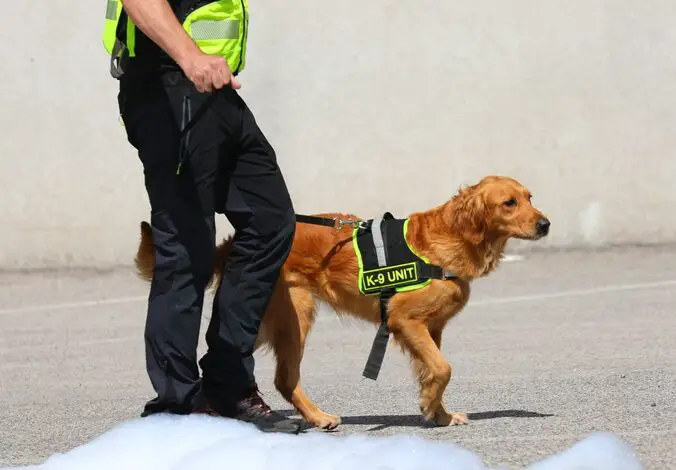
We all know about search and rescue dogs, but their dedication and skill are truly remarkable. These highly trained canines, often German Shepherds, Labrador Retrievers, or Belgian Malinois, possess an extraordinary sense of smell, far surpassing our own. According to a report by the International Search and Rescue Dog Organization, they can detect the faintest scent of a human trapped beneath rubble, snow, or even water, guiding rescuers to those in desperate need of help. Their unwavering focus and determination, even in the face of danger, make them invaluable in the critical hours following a disaster. Think of them as furry, four-legged detectives, sniffing out clues that save lives.
Beyond their incredible noses, these dogs offer something equally important: hope. The sight of a search and rescue dog working tirelessly can lift the spirits of both victims and rescuers, reminding everyone that they aren’t giving up. The bond between a handler and their dog is incredibly strong, built on trust and mutual respect. This partnership is essential for success, as the dog relies on the handler’s guidance and the handler trusts the dog’s instincts. They’re a team, working together against the clock to bring people home safe. They are true heroes, offering not just their skills but their unwavering loyalty.
2. Scent-Detecting Dogs: Beyond the Rubble
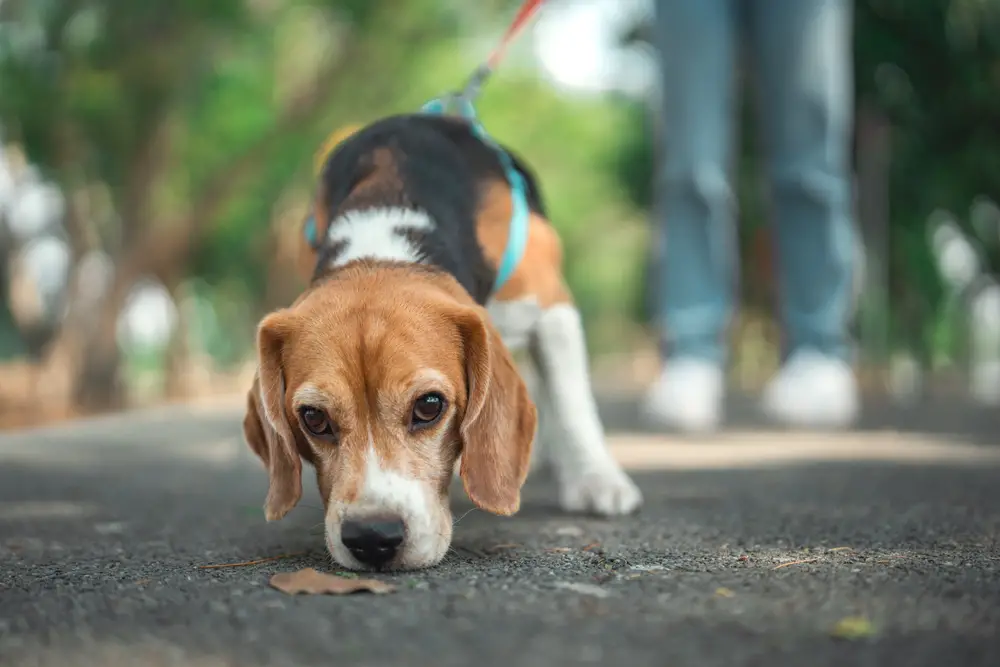
While search and rescue dogs focus on finding live victims, other scent-detecting dogs play a crucial role in disaster recovery. These dogs can be trained to detect a wide range of scents, from explosives and drugs to even the presence of diseases. According to FEMA, in the aftermath of a disaster, they can be used to identify hazardous materials, locate missing belongings, and even detect the presence of human remains, helping investigators understand the scope of the damage and bring closure to families. Their specialized skills are invaluable in ensuring safety and aiding in the long process of rebuilding.
Imagine the scene after a major earthquake. Amidst the chaos and debris, these dogs work tirelessly, their noses twitching, deciphering the complex tapestry of scents. They can pinpoint the location of a gas leak, preventing further catastrophe, or identify contaminated areas, protecting rescue workers from harm. Their work is often unseen, behind the scenes, but it’s absolutely vital to the recovery process. They bring a sense of order to the chaos, helping communities heal and rebuild.
3. Therapy Animals: Comfort in Crisis
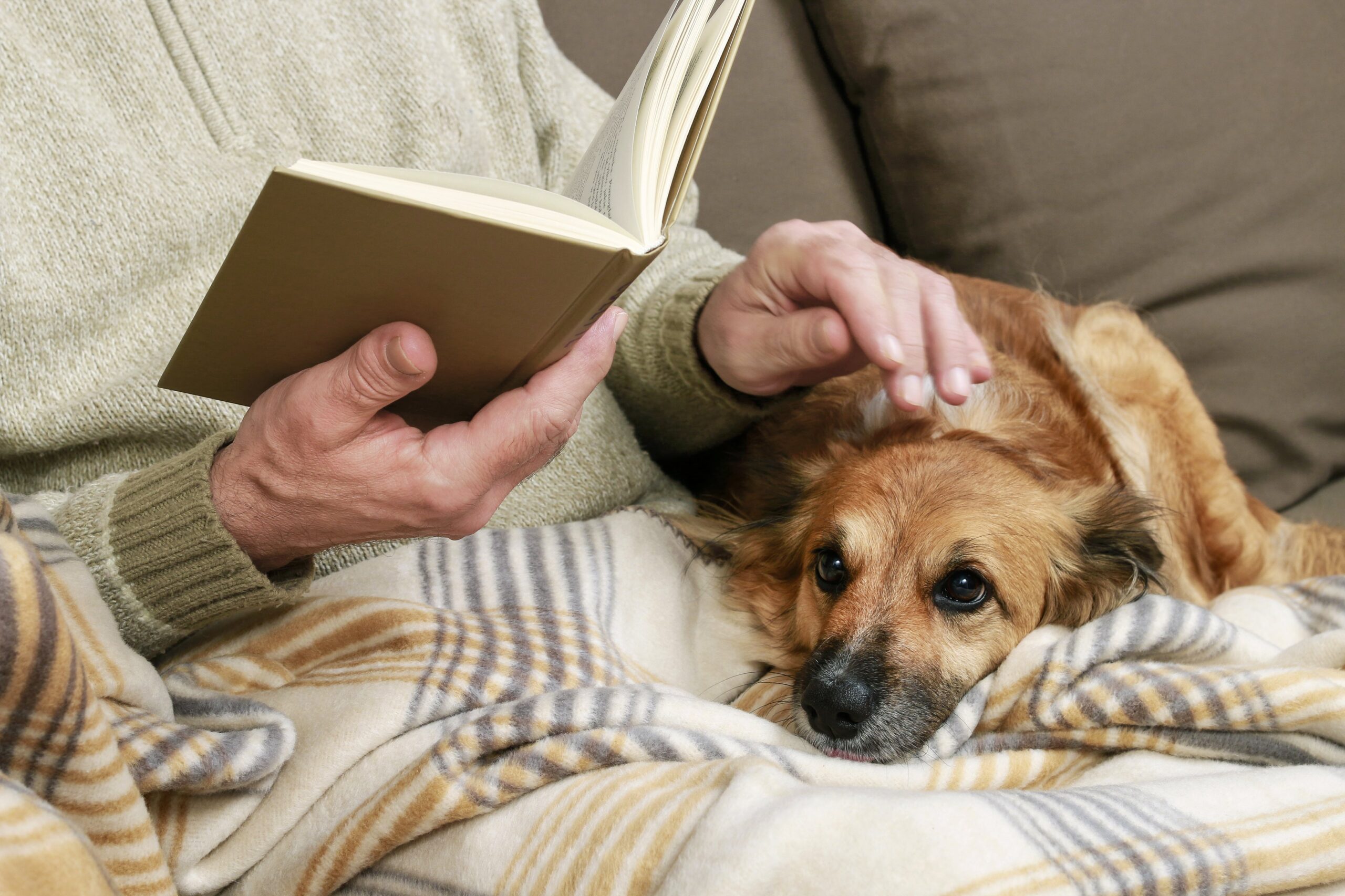
Disasters leave emotional scars as deep as the physical ones. That’s where therapy animals step in, offering comfort and support to those who have experienced trauma. These gentle and well-trained animals, often dogs, but also cats, horses, and even rabbits, provide a calming presence, reducing stress and anxiety. According to the Pet Partners organization, therapy animals are increasingly being deployed in crisis situations to provide emotional support to individuals affected by disasters, whether they are survivors or first responders. Their unconditional love and non-judgmental nature can be incredibly healing for people who have lost everything. They offer a soft, furry shoulder to lean on in the darkest of times.
Think of a child who has lost their home or a first responder who has witnessed unimaginable tragedy. A therapy dog, with its warm eyes and wagging tail, can offer a moment of respite, a reminder of the simple joys in life. Petting a therapy animal can lower blood pressure and release endorphins, promoting a sense of calm and well-being. These animals are not just pets; they’re healers, offering emotional first aid in times of crisis. They remind us of the power of connection and the enduring strength of the human-animal bond.
4. Early Warning Systems: Nature’s Seismographs
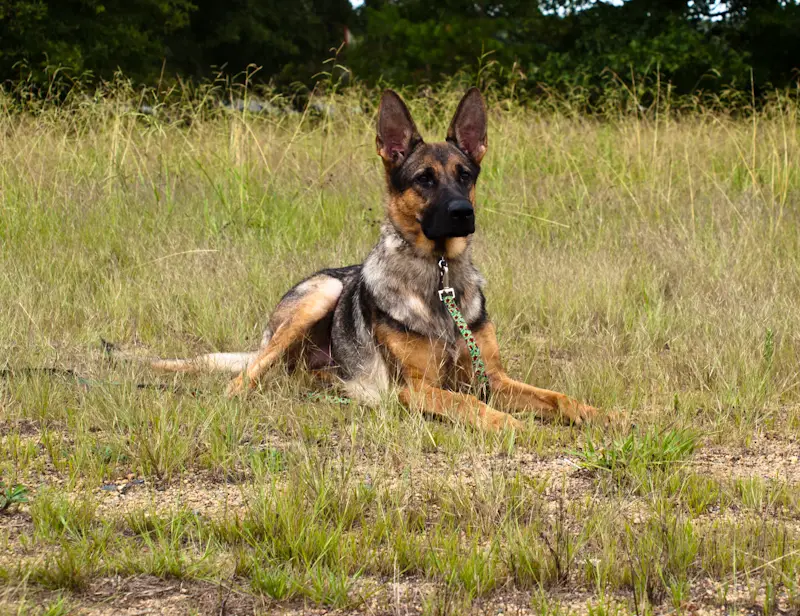
Many animals possess a heightened sensitivity to changes in their environment, making them natural early warning systems for impending disasters. According to research from the Max Planck Institute of Animal Behavior, some animals are known to exhibit unusual behavior before earthquakes, such as birds flying erratically or fish swimming in shallow waters. While not foolproof, these observations can sometimes provide valuable clues that a disaster is imminent, giving people precious time to prepare. They are nature’s sentinels, alerting us to danger we might otherwise miss.
Consider elephants, who are believed to be able to detect seismic activity through vibrations in the ground. Their heightened awareness can lead them to move to higher ground before a tsunami, potentially saving themselves and other animals in the process. While we can’t rely solely on animal behavior to predict disasters, understanding their responses to environmental changes can provide valuable insights and complement our scientific monitoring systems. They remind us that we are all interconnected and that paying attention to the natural world can be crucial for our survival.
5. Livestock Evacuation: Herding for Safety
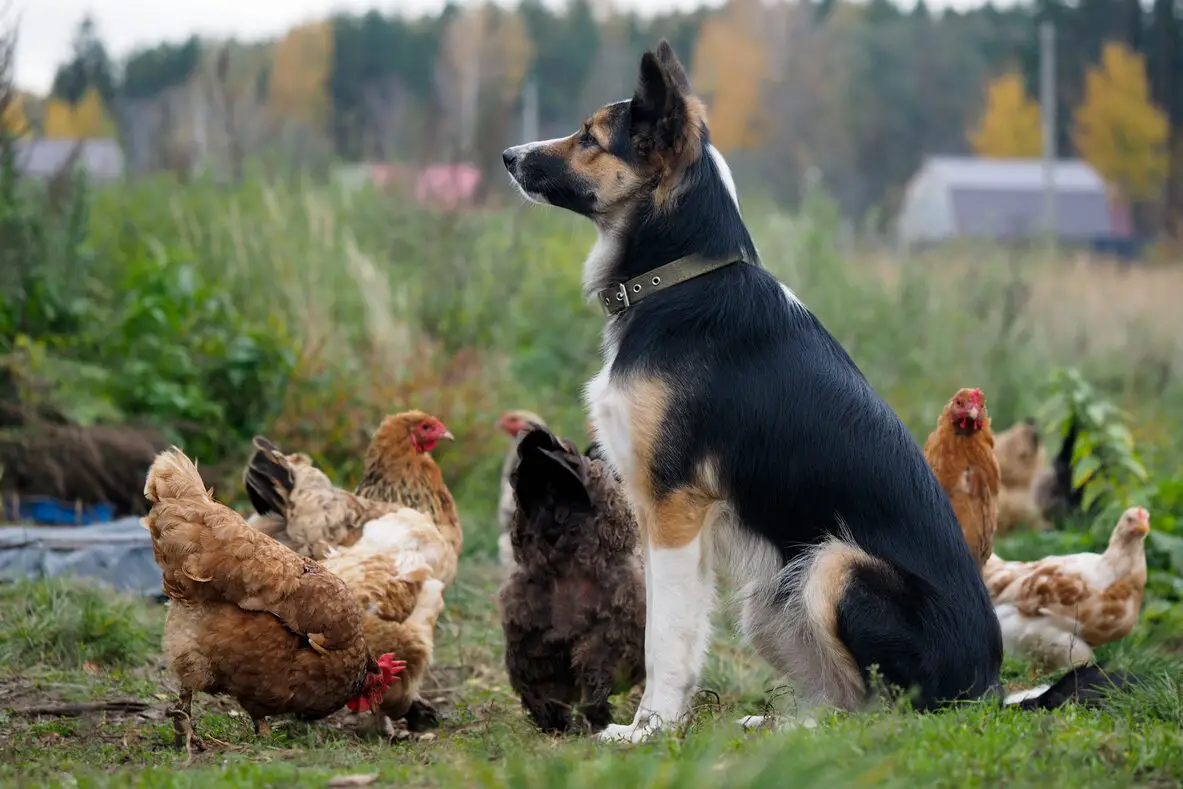
In rural areas, livestock are not just property; they’re often a vital part of people’s livelihoods and cultural heritage. According to the Philippine Red Cross, during natural disasters, evacuating livestock to safe areas is a major logistical challenge. However, the animals themselves can play a role in this process. Experienced herders, often using traditional methods, can guide their animals to higher ground or designated shelters, protecting them from floods, fires, or other dangers. The animals, familiar with their surroundings and trusting their herders, cooperate in the evacuation, making the process smoother and more efficient.
Imagine a community facing an approaching wildfire. The herders, with their intimate knowledge of the land and their deep connection with their animals, work tirelessly to move their herds to safety. The animals, sensing the danger and trusting their herders’ guidance, follow obediently, creating a powerful image of resilience and cooperation. This traditional knowledge, passed down through generations, is invaluable in protecting both animals and the communities that depend on them. It highlights the importance of respecting and preserving these time-tested practices.
6. Marine Mammals: Ocean Guardians
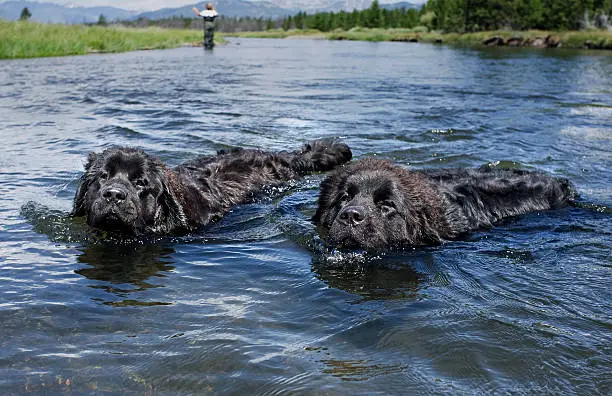
Marine mammals, such as dolphins and whales, can also provide early warnings of impending tsunamis or other ocean-related disasters. Their unusual behavior, such as beaching themselves or changing their migration patterns, can sometimes indicate changes in ocean currents or underwater activity. According to a report by BBC Future, there have been numerous accounts of animals sensing danger before disasters, including elephants moving to higher ground before a tsunami struck in 2004. While scientists are still studying these phenomena, there’s evidence that these animals can sense changes that we cannot, offering another layer of information for disaster preparedness. They are the ocean’s guardians, silently watching for signs of trouble.
Think of dolphins, known for their intelligence and playful nature. Their sensitivity to changes in their marine environment can sometimes alert them to impending danger, prompting them to act in ways that might seem strange to us. By observing these behaviors, scientists can gain a better understanding of the ocean’s dynamics and potentially improve our ability to predict and prepare for marine disasters. They remind us that the ocean is a complex and interconnected ecosystem and that understanding its inhabitants can be crucial for our own safety.
7. Carrier Pigeons: Messages from the Past (and Future?)

While modern technology has largely replaced carrier pigeons, they still hold a special place in the history of disaster response. In the past, these remarkable birds were used to carry messages across long distances, often delivering crucial information about emergencies or requesting aid. While not widely used today, their legacy reminds us of the ingenuity of past generations and the importance of reliable communication in times of crisis. They are symbols of resilience and resourcefulness, reminding us to think outside the box when faced with challenges.
Imagine a time before cell phones and the internet. Carrier pigeons, with their incredible homing instincts, were the fastest way to send a message. During wars or natural disasters, they carried vital information, often risking their own lives to deliver their precious cargo. Their contributions to communication technology paved the way for the systems we rely on today. They remind us that even the simplest creatures can play a vital role in connecting us and keeping us safe.
8. Working Animals in Disaster Zones: Strength and Support
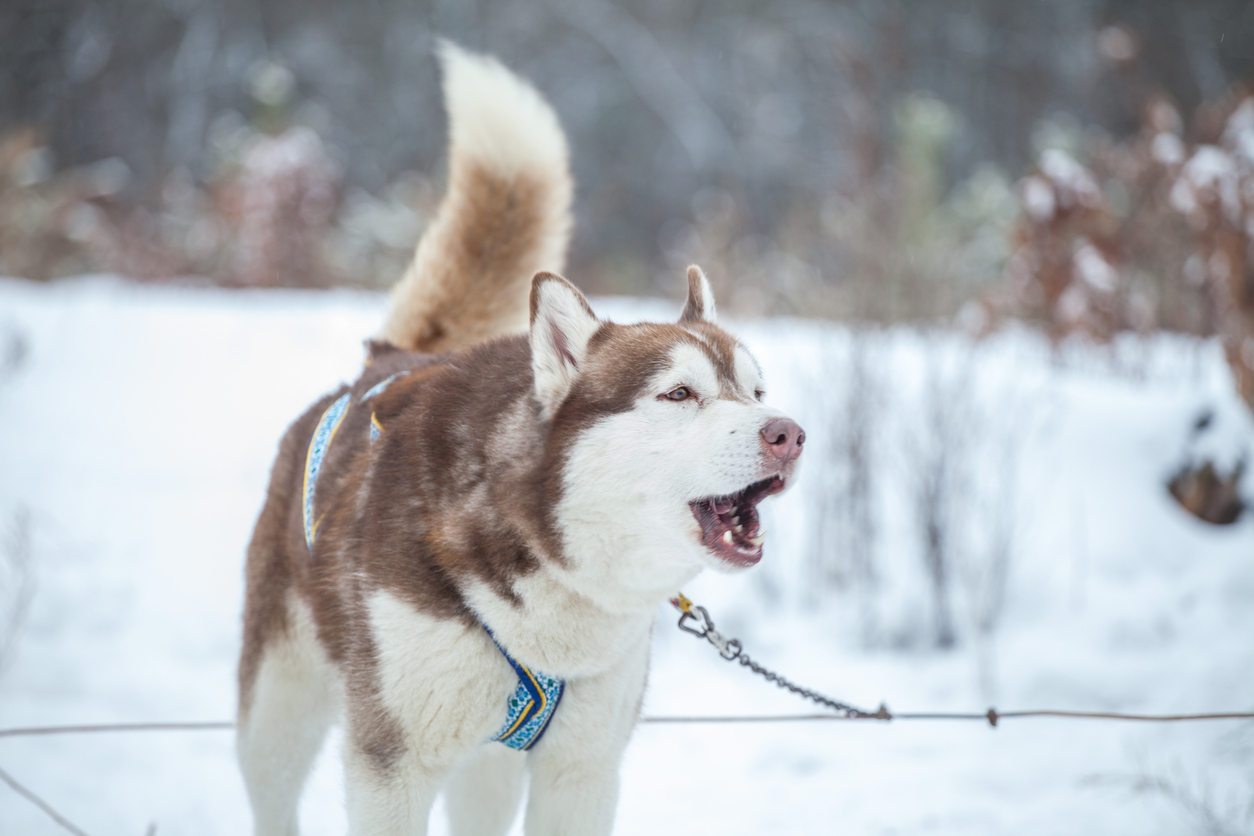
Beyond search and rescue, other working animals can provide invaluable assistance in disaster zones. For example, horses can be used to transport supplies and equipment to areas that are inaccessible by vehicles. Donkeys and mules can carry heavy loads, helping to clear debris and rebuild infrastructure. These animals provide not just physical labor but also a sense of normalcy and hope in devastated communities. They are the backbone of recovery efforts, providing the muscle power needed to rebuild.
Think of a remote village cut off by a landslide. Horses, with their strength and surefootedness, can navigate the treacherous terrain, bringing in food, medicine, and other essential supplies. Donkeys and mules, known for their endurance and ability to carry heavy loads, can help clear debris and rebuild roads, restoring vital connections to the outside world. These animals are more than just beasts of burden; they’re partners in the recovery process, working alongside humans to rebuild communities and restore hope.
9. Animal-Assisted Therapy for First Responders: Healing the Helpers

First responders, such as firefighters, paramedics, and police officers, often face traumatic experiences during disasters. Witnessing suffering and loss can take a heavy toll on their mental and emotional well-being. Animal-assisted therapy can provide invaluable support to these heroes, helping them cope with stress, anxiety, and even PTSD. According to a pilot study published by JEMS, therapy animals have been shown to decrease levels of anxiety, fear, and loneliness among emergency medical service (EMS) providers. The unconditional love and non-judgmental presence of therapy animals can be incredibly healing for those who have dedicated their lives to helping others. They are a source of comfort and support for the people who are always there for us.
Imagine a firefighter returning from a devastating fire. The emotional toll of witnessing such destruction can be immense. A therapy dog, with its gentle demeanor and calming presence, can offer a moment of solace, a chance to decompress and process the trauma. Petting an animal and feeling its soft fur can lower stress hormones and promote a sense of calm. These animals offer a non-judgmental ear, a safe space for first responders to express their emotions without fear of criticism. They are a vital resource in ensuring the well-being of our heroes, helping them to heal and continue their important work.
10. Animal Ambassadors: Raising Awareness and Inspiring Action
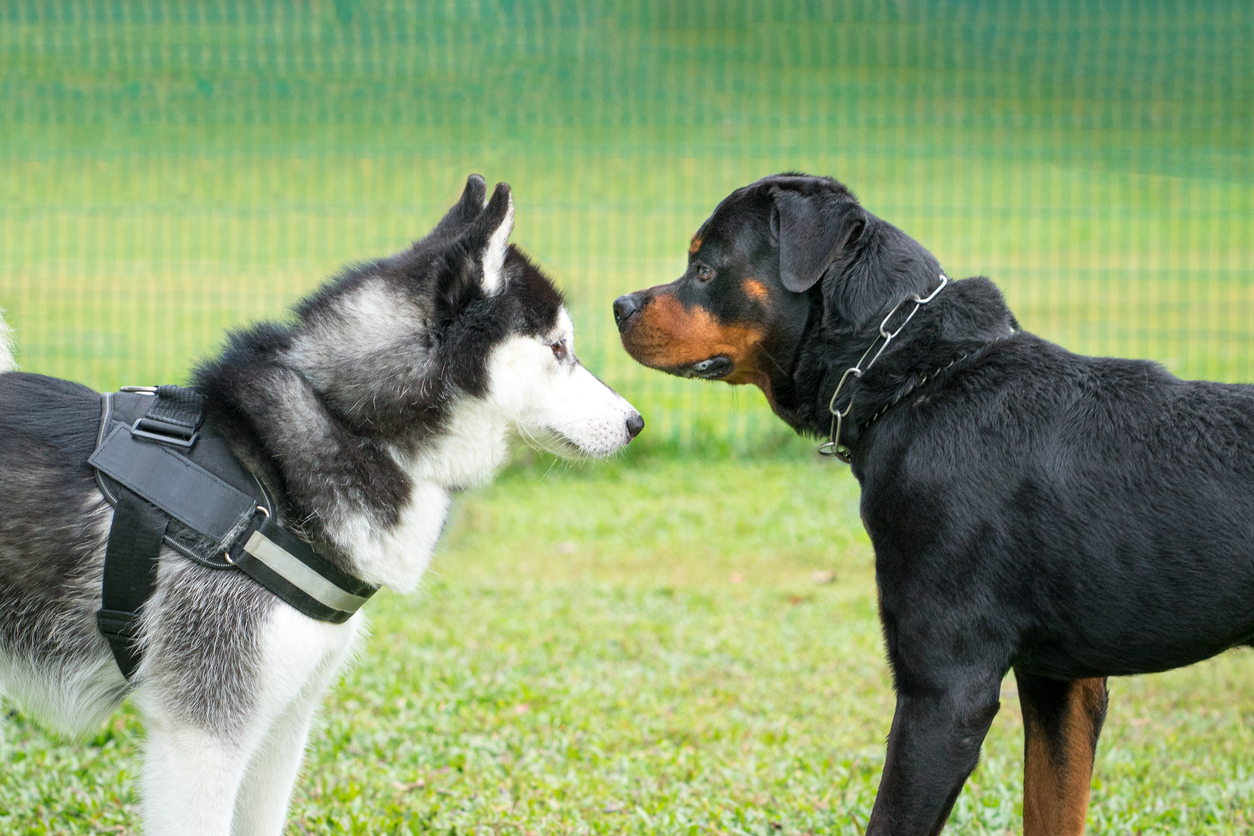
Animals can also serve as powerful ambassadors, raising awareness about disaster preparedness and inspiring action. Stories of animals rescued from disasters or animals helping in the recovery process can capture the public’s attention and motivate people to get involved. These stories can highlight the importance of planning ahead, supporting disaster relief organizations, and protecting vulnerable animals during emergencies. They remind us of our shared responsibility to care for all living beings and to build more resilient communities.
Think of the heartwarming stories of dogs rescued from the rubble after an earthquake or cats reunited with their families after a flood. These stories resonate with us on a deep emotional level, reminding us of the power of hope and the importance of compassion. They can inspire us to donate to animal shelters, volunteer with disaster relief organizations, or simply take the time to create a disaster plan for our own families, including our beloved pets. Animals, in their own way, can motivate us to be better prepared and more compassionate citizens. They remind us that we are all part of a larger community and that caring for each other, both human and animal, is essential for building a safer and more resilient world.


